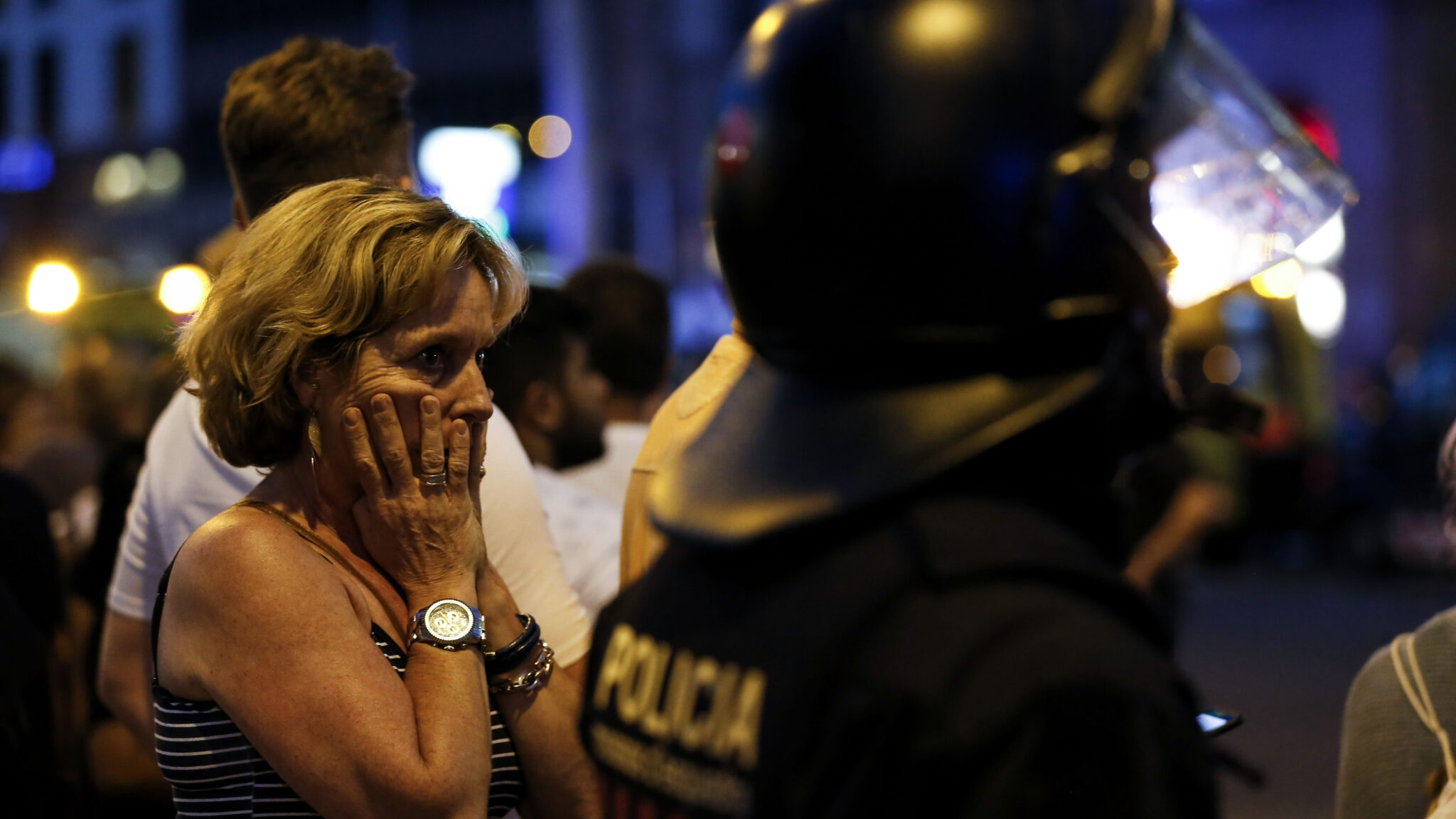Another attack inspired by radical learning shook the foundation of one of the most visited old cities in Europe, recognized as a global place of interaction, culture and entertainment. Therefore, as the expert close to the author expressed, the attack on La Rambla is not and can not be seen as an attack on Spain or Catalonia; but Europe, and the way of life that is promoted on the sidewalks of Barcelona and countless other, open spaces. After all, in this tourist zone there are fewer “locals”; among the victims, tourists arrived from all meridians.
Today we know that were more events related to La Rambla. First, an explosion occurred in Alcanar, in the far south of the Catalonia region, on Wednesday, August 16, in which one residential building collapsed. The cause of the explosion was most likely a mistake in the preparation of the canisters that formed part of the planned explosive devices, which contained traces of TATP (triacetone triperoxide), a mixture used in the attacks in Paris, Brussels and Manchester (the first was to receive this information by Paul Krishkan, CNN commentator). The terrorists then tried to rent a truck, which they did not succeed because they did not possess the necessary license. That’s why they rented two smaller vans. The investigators thus found that the attackers had plan A, B and C – the first involved an assault with a truck loaded with gas bottles; the other, that two vans are filled with bottles; however, the explosion forced them to launch Plan C, where the primary target was La Rambla, and the second town of Cambrils, which is itself a tourist destination.
Rukmini Kalimachi, a widely quoted New York Times journalist, writes that ten years ago the US Embassy in Madrid warned Washington that the attack in Catalonia is known: “Muslim immigrants live on the verge of Spanish society, do not speak the language, do not have a job, on which we could confess our faith in a dignified manner very little. ” In the meantime, she continues, thanks to the Salafists’ activity in North Africa, radicalization has captured the momentum. She spoke extensively about Lorenzo Vidin of George Washington University program dedicated to extremism. This researcher claims that salafists, through southwestern Catalonia (where also Cambrils is situated), all the way to the Spanish-French border in the north, established nearly 50 religious buildings in which their teachings were confessed. Financing, which the Spanish institutions publicly announced, originated from the Gulf states, but also North Africa (Libya, Morocco). The security forces of the Catalonia region and Spain have faced the phenomenon of parallel society and its manifestations – separate “courts” and “police”; denying education to girls; forced marriages. Nevertheless, Salafi learning can not be taken as directly responsible for attacks, again towards Vidin, but only as a way to bring certain – radical – ideas closer to the wider population.
On the other hand, it is not entirely clear whether there is a connection to the battlefields in Iraq and Syria. According to Carola Garcia-Calvo, a senior analyst at the Royal Institute Elcano, from Spain, The Islamic State (ID) has received only 200 “fighters” (taking into account figures for European countries of similar size). Nevertheless, according to Kalimachi, as many as three quarters of them lived in Catalonia; and one of the determinants of this most recent terrorism is that groups that initiate attacks originate from the “marginalized” environment in which the ethnic structure has changed for a short time (more precisely: the dominantly immigrant parts of the city).
The special dimension to the attack is that, at least until now, the Spanish and Catalan authorities have demonstrated high efficiency in the detention of persons suspected of being radicalized and preparing for going to war: 173 from 2013 to 2016, again according to Garcia-Calvo; and as many as 700 since 2004, according to a New York Times researcher. For years, the country’s security forces have been spearheading efforts to counter the threat of violent extremism. However, the Moroccans who joined the ID are over 1,600. Despite the cooperation with security services there, the proven network of informants and even 54 arrests since the beginning of 2017, there is no way to completely eliminate the risk.
Nevertheless, terrorist “cells” based on close family ties certainly pose a serious challenge to the security forces. Thus, among the 12 members of the group responsible for attacks, there were four “pairs” of brothers. There is also a lot of illogical – or, in turn, concealment of traces – which prevented the attack from being detected. For example, from a source close to the author we have been informed that in Spain it is said that the radicalization of the perpetrators took place in only a few months. The investigation has confirmed this in part: they were not previously known to the prosecution authorities; their orders on social networks did not contain radical attitudes or posts. They lived the way they could expect from young people: consumed alcohol, they went out. However, the space in which gas cylinders were stored were rented one year before the attack, far from the city they lived in, an indicator of reflection and planning. Kalimachi, on the basis of interviews with his own source, believes that the attackers deliberately kept orders to such ones on social networks, aware that they can be subject to surveillance.
According to Bruce Hoffman, a George Washington University professor who is also a US government adviser, “for jihadists, Spain has long been a front line“. She will stay there. We will remember in 2004 and the terrible attack at the station of Atos, which has razed Europe to the idea that the conflict is somewhere far away. There is also a symbolism that inspires many potential attackers: from the 8th to the 15th century, caliphas were managed by parts of the Spanish territory and the Iberian peninsula; on extremist websites often fantasies about the return of the so-called. Al-Andalus. The deliberate punishment of pedestrians, accidental passers-by – as, now and definitely a new technique that is actually being propagated for a long time on extremist portals, websites – becomes the “weapon of choice” for a series of sociopaths, fanatics of all colors and commitments that in this way seek their place in history. The attacks in Finland and Marseilles, which took place in the days after La Rambla, have already shown this.
The text was first published in New Magazine no. 330, August 24, 2017
Photo: CNN













